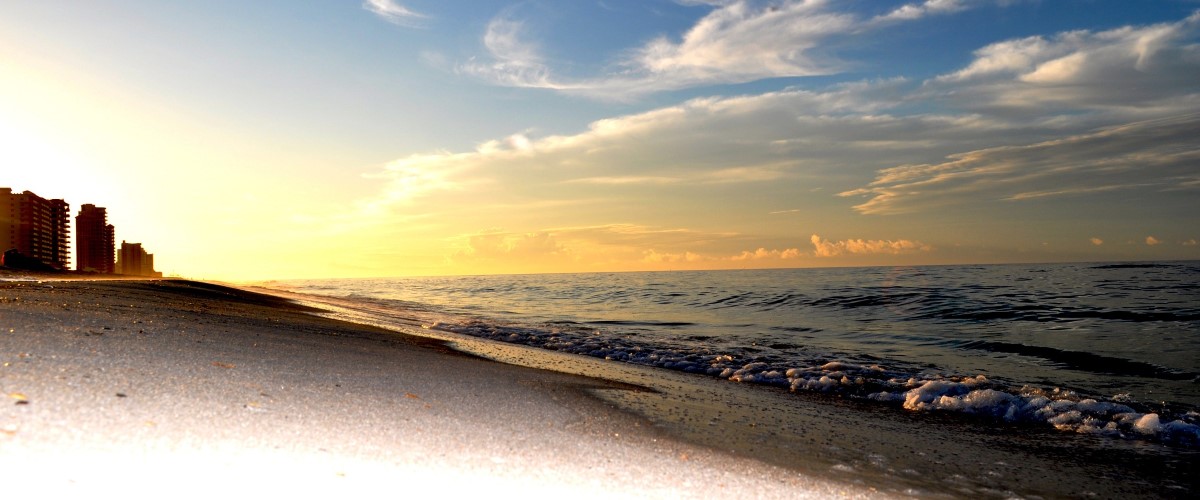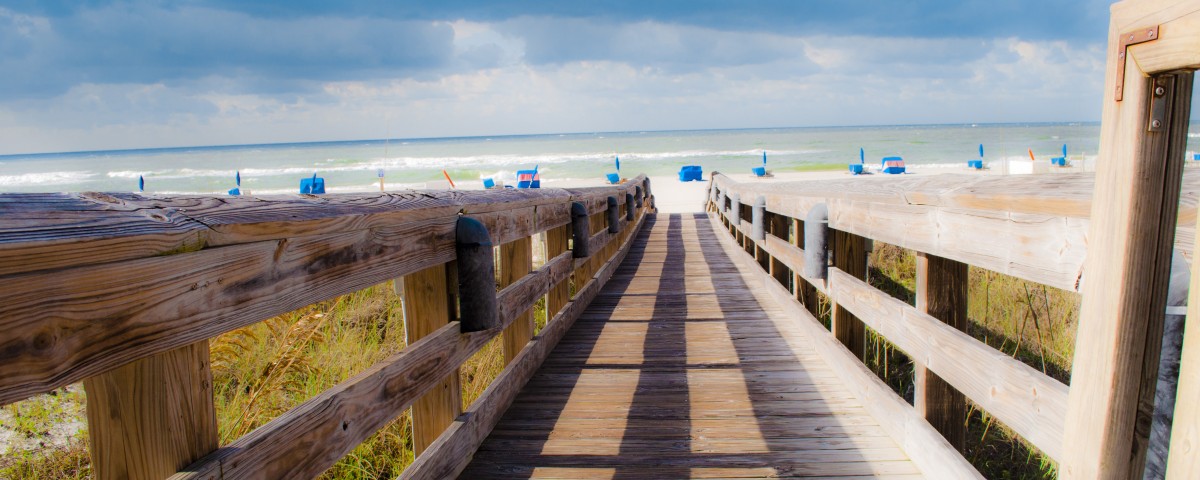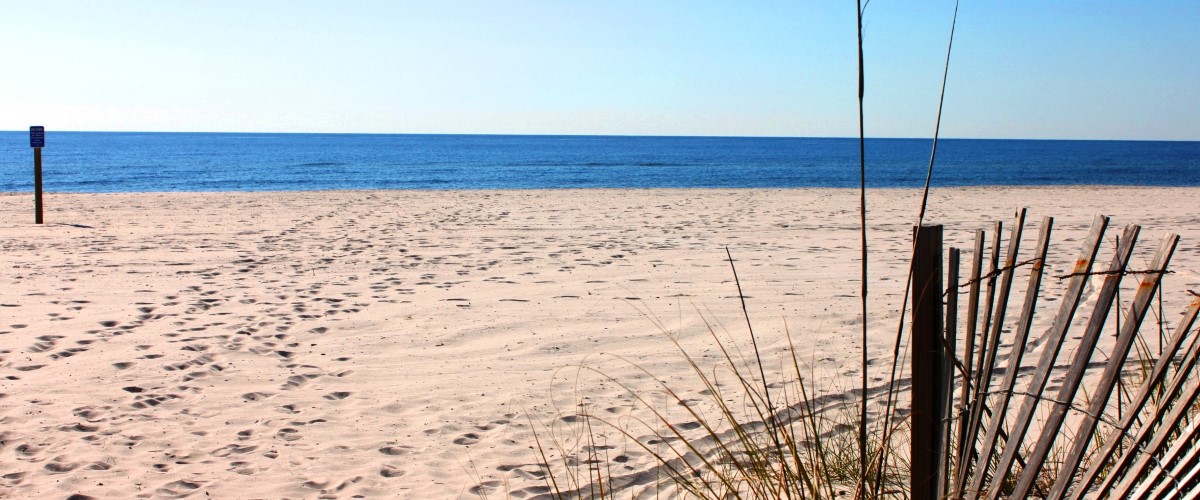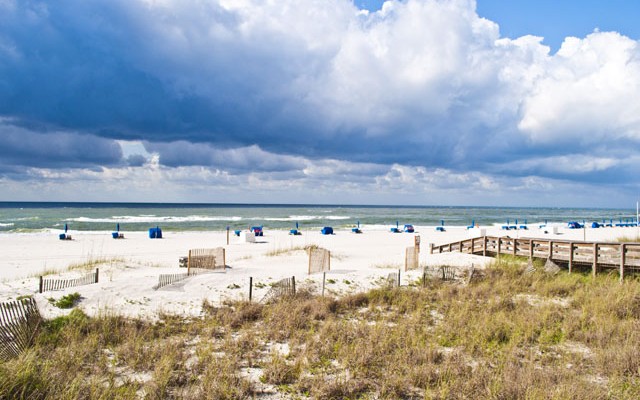Picture a world where every house is powered by sunlight. Where every raindrop waters the lawn, even on dry days. Where waste is turned into fertilizer, which can be used to develop create. This is not science fiction; today it can be done. Here are 15 things you may do to reduce your house’s impact on the surroundings, purchased by least expensive to most expensive (but most impactful).
Why does it matter? In accordance with Energy.gov, residences and commercial buildings consume 40 percent of the energy used in the USA, almost all of which comes from fossil fuels. Based on EPA.gov, the typical family of four can use 400 gallons of water each day. Residences additionally pollute the environment; other pollutants, pesticides, auto fluids, paint, garbage, animal waste and fertilizers can find yourself in the storm drain system that flows into the ocean, seaports and rivers. Making your house more eco-friendly can reduce waste and minimize pollutants while saving you money on utility invoices.
Let’s understand which you are going to give to on Facebook, Twitter, or G in the remarks below.
1. Register in on-line statements and get off junk mail lists
Make Your House More Eco-Friendly by Removing Junk Mail
Junk mail is not simply annoying; it is terrible for the surroundings. Picture via Dvortygirl, Wikimedia Commons.
Price: $0 – $1
Cable companies, most utility suppliers and financial institutions offer the choice to receive on-line statements instead of printed statements. You simply have to log into the firm’s web site to alter your settings. Another method to significantly reduce the quantity of email you receive is always to opt from unsolicited commercial email, credit card offers and insurance offers. The Federal Trade Commission has a few simple tricks to get off those lists.
Reducing the quantity of email you receive reduces your impact on the surroundings in several manners. First, it reduces the quantity of trees which are cut down to create the email, which means there will be more trees converting carbon dioxide into oxygen. Second, a lowering of the quantity of post additionally reduces the number of car and plane exhaust related to delivering the post. Third, it reduces the importance of ink, which requires a lot of fossil fuels to make and distribute, and which may include hazardous ingredients. Ultimately, it reduces the quantity of paper that ends up in landfills.
2. Purchase low or no-VOC substances, and dispose of VOC merchandises correctly
Make Your House More Green Through The Use Of Cleaning Supplies and Low VOC Paints
Many home supplies include volatile organic compounds (VOCs) that can be dangerous for your health.
Price: $0
Those “new rugs,” “new bed” and “paint thats fresh” scents are not a great thing; those scents comes from, the evaporations from new products. In accordance with the Environmental Protection Agency, many household things, including furniture, paint, building materials, carpeting and cleaning equipment, include volatile organic compounds (VOCs) which can irritate your eyes and respiratory tract, and may additionally influence the central nervous system. Studies of human exposure to air pollutants by the EPA suggest that indoor levels of pollutants may be two to five times – and sometimes more than 100 times – higher than outside pollutant amounts. It is greatest to select low or no-VOC products, which are usually tagged as such, to reduce indoor air pollution in your house. They cost a bit more, but are better for your health and the environment.
If you have only transferred into a brand-new house, or if you have remodeled recently with VOC substances, be sure to open your doors and windows and run fans as much as possible to air out your house. To shield the environment from these dangerous substances, be sure to correctly dispose of products including VOCs. Talk with your city or county’s household hazardous waste collection websites for details.
3. Leave your shoes at the door
Make Your House More Eco-Friendly by Leaving Your Shoes at the Door
A shoe stand in the entryway can prevent toxins from entering your residence. Picture via Spaicecowboi, Wikimedia Commons.
Price: $0 – $3,000
Leaving them in the entryway of your house and taking off your shoes can not only allow you to prevent getting spots on the carpeting, it will reduce the toxins and pollutants coming into your residence. Your shoes pick up a variety of stuff which are unhealthy to breathe, from oil and antifreeze to allergens and fertilizers. These can go airborne and get tracked into your house, but can be reduced by taking your shoes away at the doorway.
If you do not have much cash to spend, you can neatly order your shoes in the entryway or buy a straightforward shoe stand, which begins at around $10. You should check into furniture designed for mudrooms, which ranges in price from $150 to $3,000 depending on the layout . and capability, if you need to invest in something which will hold umbrellas, coats, handbags and other accessories
4. Change to LED or CFL lights
Make Your House More Eco-Friendly with CFL and LED Lights
Energy use can be reduced by a CFL light bulb used in outdoor house lighting. Picture via IceBlade710, Wikimedia Commons.
Price: $0 – $10
About 12 percent of the average house’s energy bill goes toward lighting, so a low-cost and simple method to reduce your energy invoice AND your environmental footprint will be to replace all light bulbs (indoors and outside) with light emitting diode (LED) and compact fluorescent lamp (CFL) bulbs, which use 75 percent less energy than typical incandescent lightbulbs. These newer bulbs also last 10 to 25 times longer than incandescent lightbulbs, this means fewer of them end up in a landfill. Another advantage of these lightbulbs which is frequently overlooked is the quantity of heat they emit. Standard bulbs emit a lot of heat, which means your air conditioner must run more difficult in the summertime to compensate. LED and cFL lights emit less heat, so both directly and indirectly conserving even more energy.
The lightbulbs have evolved over time to meet all sorts of demands, from recessed lighting to dimming switches for LEDS (CFLs are not dimmable), and many CFLs now emit a gentle yellowish light that’s less rigorous than when they were first introduced. Many utility companies offer software that let you receive these lightbulbs at no cost or get rebates; make sure you assess your supplier’s site for details.
5. Create a compost and recycling station
Make Your House More Eco-Friendly by Composting
Outside compost bins are a simple means to place food scraps to great use. Picture via kallerna, Wikimedia Commons.
Price: $0 – $600
Most cities will now pick up and process recyclable stuff, and several (including San Francisco and Seattle) will also pick up compostable food substance and yard waste. But let us face it: if you do not make it simple You will not recycle or compost. Be sure to have bins for recycling and waste in every room, not only the kitchen! Because the recycling bin is too far away a lot of recyclable stuff is thrown away in toilets and home offices. There are a lot of plans out there that offer bins free of charge, and a few waste management services offer courses on composting and recycling.
Half the waste that houses produce is composed of food garbage. When those go to the dump, they do nothing, but if you’ve got a compost bin at your house, you’ll be able to use those garbage to make fertilizer for the garden. Most outside composters price between $100 and $600, according to safe and how big they’ve been. In order to avoid bringing pests, be sure to get a safe hatch at the bottom and one with a tight fitting lid for removing finished fertilizer.
6. Seal openings around windows and doors
Make Your House More Eco-Friendly by Sealing Openings
Old houses frequently have openings around the windows that result in wasted energy. Picture via JaneArt, Wikimedia Commons.
Price: $1 – $350
Old houses often have openings around windows and doors. All those openings add up; it is practically like making a window open year round. Your (pricey) hot air in winter months and chilly atmosphere in the summer is literally going out the window. Setting weather stripping around windows and doors can save you 10 percent in your heating and cooling statement, preventing energy from being squandered. You’ll be able to pick it up from any hardware store and install it yourself in a question of hours. Most foam rolls price around $5 for 10 feet, or you’ll be able to spring for the plastic type, which costs up to $350 but is more permanent.
7. Repair leaking faucets and toilets
Make Your House More Eco-Friendly by Repairing Flows
leaking water increases your monthly statement and wastes water. Picture via Angelo Gonzalez, Wikimedia Commons.
Price: $100- $500
Faucets and leaking toilets may not look to be a huge thing, but trully squander. Based on EPA.gov, 10 percent of houses have flows that waste 90 gallons or more per day, and the typical home’s flows can account for more than 10,000 gallons of water squandered every year. You should discontinue the flows, to make your dwelling more eco-friendly; pay attention to any dripping sounds you might hear at home, and for your water bill; frequently the largest indication of a flow is an unexplainable spike in your monthly statement.
If you see a flow, you will must phone a plumber to evaluate the scenario. If left untreated, the fixture may require replacing and your conduits may have to be repaired, which may cost $100 to $500, according to the hardware needed. If you intend to sell your house it’s particularly very important to remain alert; pipes a part of every typical home inspection. If there are flows, it may indicate to prospective buyers that you just have not been keeping the residence.
8. Gather rainwater to water your plants
Make Your House More Eco-Friendly with Rainwater Set Barrels
Rainwater barrels gather water that may be used to water plants on dry days. Picture via Julie Jacobson.
Price: $40 – $1,000
1 night of rain can dump 300 gallons of rain on the top of the home, alot of it flows onto the pavement, gathering road pollutants including animal waste and oil, soild, cigar butts. The run-off leads to your city’s stormwater collection system, which dumps to our public waterways. Meanwhile, most homeowners use sprinklers to water their yard and garden. It Is a waste!
Rainwater set rain barrels help usally solve the great problem and instead creates a great remedy, particularly, you will must hire a professional to cut your gutters and redirect them to decant into the barrel. It is possible to attach a hose to the barrel, or it is possible to just use a watering can to transfer the water from your barrel to your own plants or garden. Rainwater collection systems range from $40 to more than $1,000, depending on how big the tanks are.







